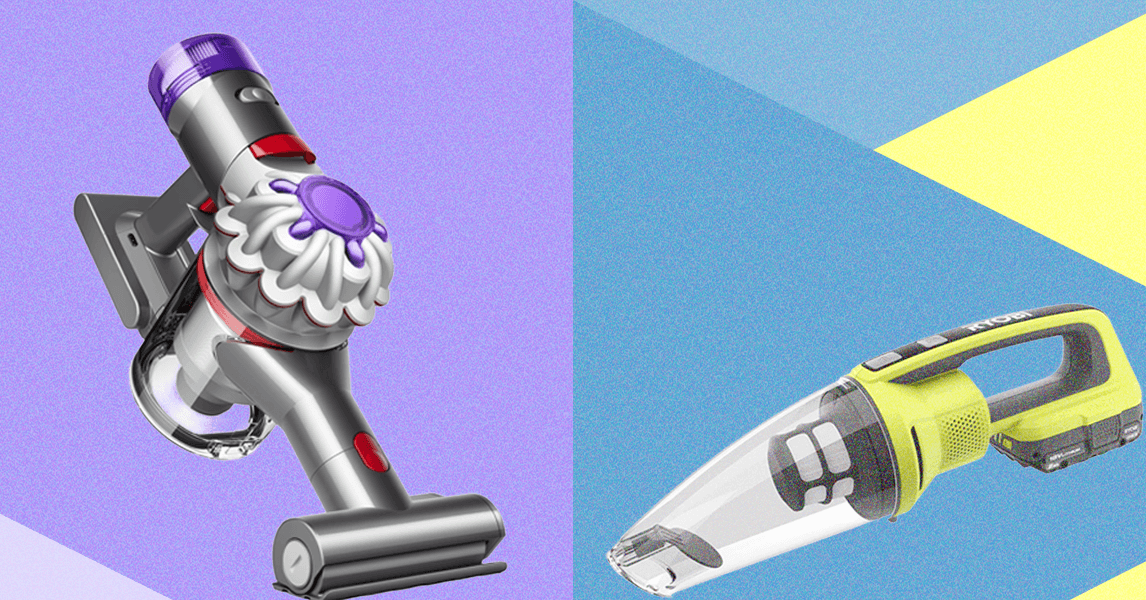
The biggest disadvantage is that, like any battery, your power station runs out of power. And when that happens, you have to disconnect the unit and find a way to recharge it—a process that can take hours.
That’s an inconvenience if you’re using the power station to charge your laptop, but it’s a major problem if you’re relying on it to keep those bags of Trader Joe’s Mandarin Chicken in your freezer cold, or at another level, to power vital medical equipment for a loved one.
A generator has a big advantage here. Yes, it runs out of fuel, but when that happens, you just turn it off and refill the tank from a gas can, with only the briefest interruption of power.
Not all portable power stations recharge at the same rate. When calculating Overall Scores, our testers assign the highest weight to recharge speed. Our three top-rated models—the Eco Flow Delta Pro, the Anker Solix F3800, and the Jackery Solar Generator 2000 Pro—all earn top marks for recharging speed, and complete the refueling process about six times as fast as the slowest-charging models in our testing.
“The faster models will get you to a meaningful level of charge sooner,” says Bernie Deitrick, who heads our portable power station testing. “If you need 1,800 watt-hours to perform your tasks, a model that charges at around 1,200 watts per hour, like our three top-rated power stations, will get there in about 90 minutes, while a model that charges at 200 watts per hour, like our slowest-charging model, the Goal Zero Yeti 3000x, will take around 9 hours.”
Each of the models we tested has portable solar panels that can be used to recharge the unit, but it’s often a slow process, especially when the sky is filled with storm clouds. You’re better off using the panels to extend the range of the battery, not to refill it, Deitrick says.
Power stations can be connected to the roof-mounted solar panels on some homes as well, but we didn’t test that option.
And, for what it’s worth, the portable power stations we evaluated are not all that portable. The Anker Solix F3800 weighs a whopping 132 pounds while the relatively svelte Jackery Solar Generator 2000 Pro comes in at a substantial 43 pounds. Our two top-rated models have luggage-style wheels, but you still might have to lift them into a vehicle for off-site recharging. Yes, portable generators can be large and heavy, too, but they don’t need to be moved for recharging.
Finally, portable power stations are quite expensive, too. Our top-rated model—the ECO flow Delta Pro Portable—puts out 3,600 watts and costs almost $3,000. You can buy a top-rated 3,700-watt inverter generator like the Champion 201049 for as little as $600.









